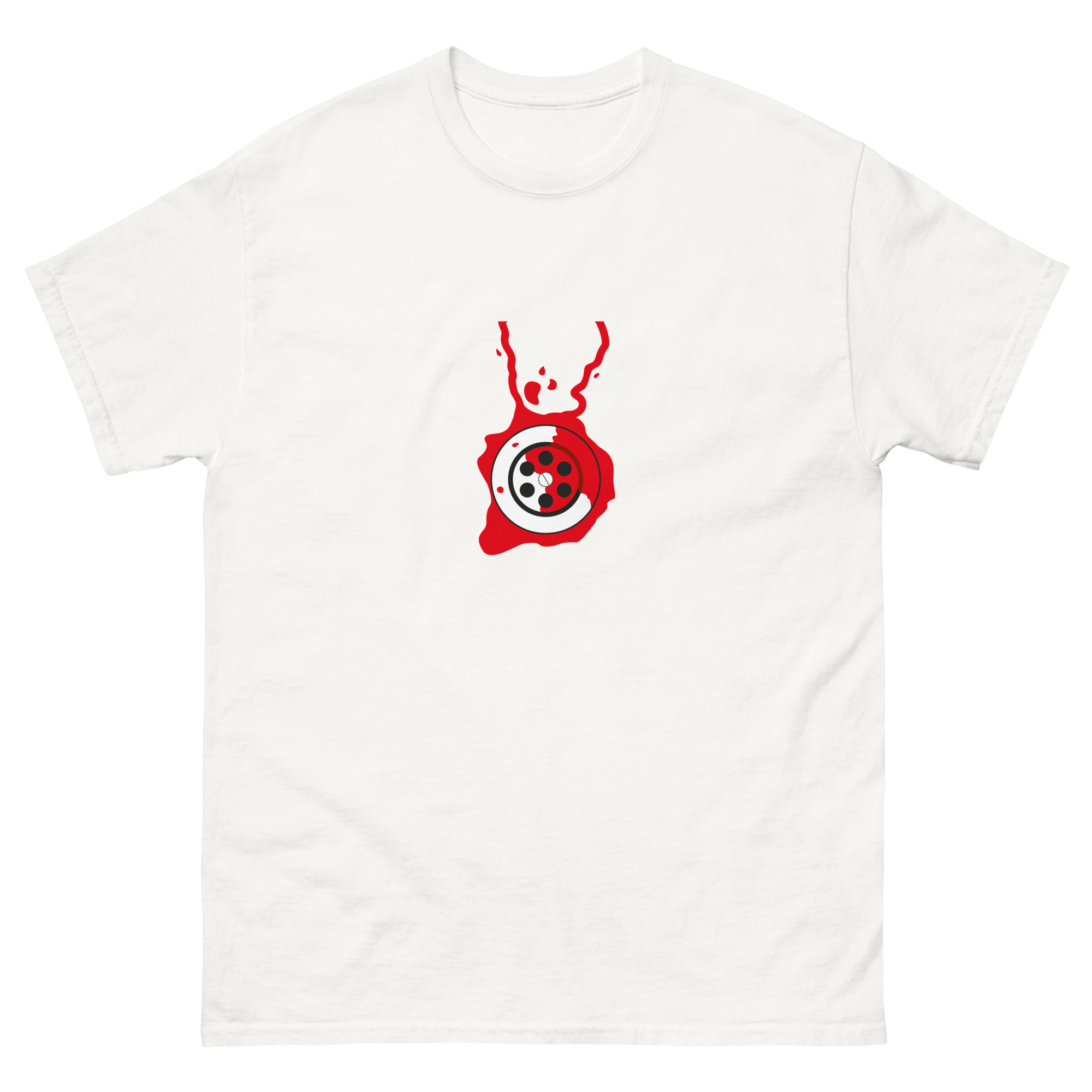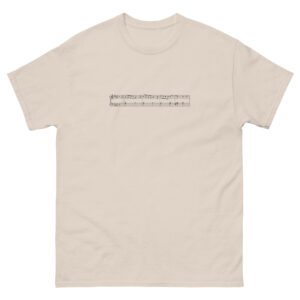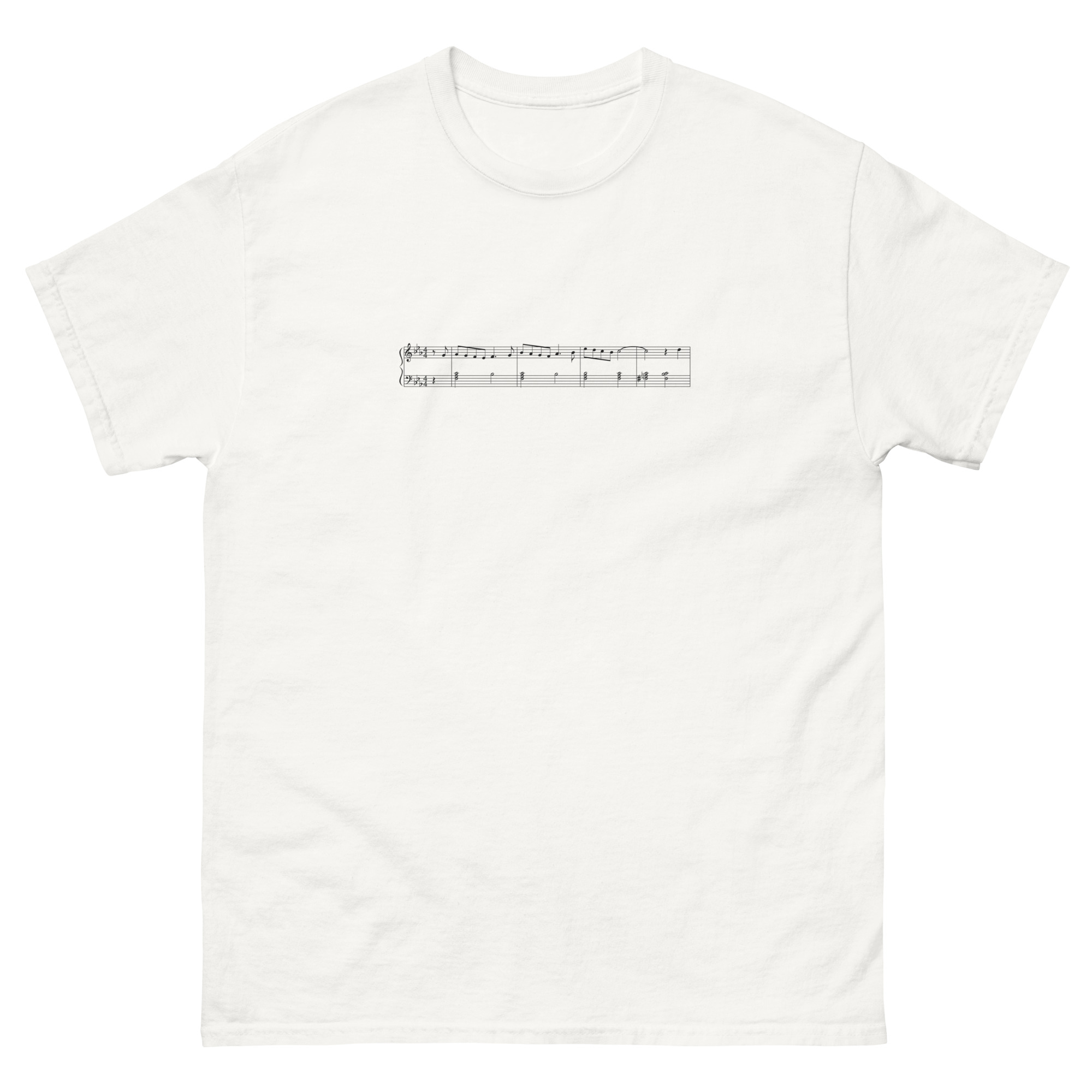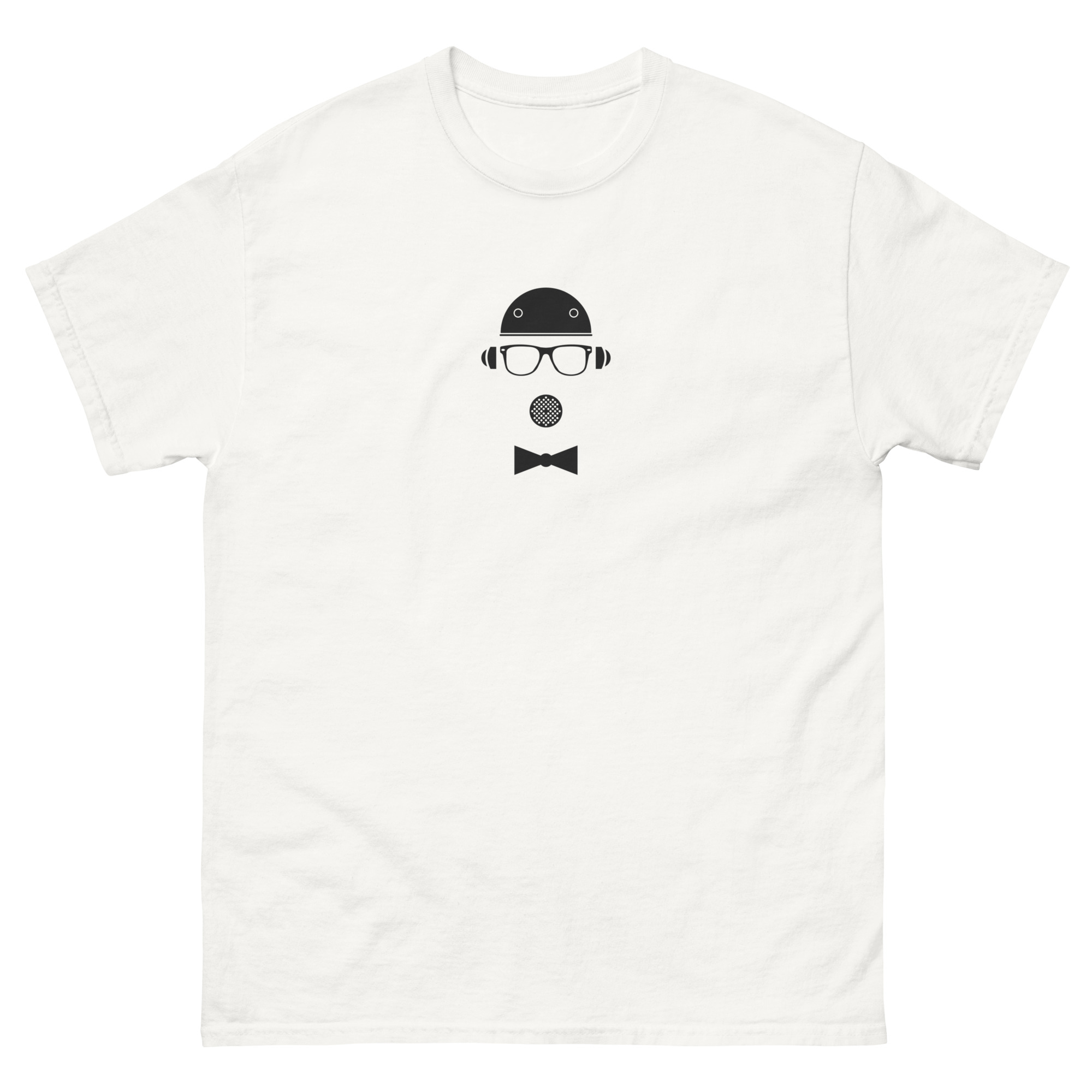Hitchock iconic shower scene from the movie Psycho. Remember…?
Few scenes in cinema history have had the impact of the shower scene in Psycho (1960). In just 45 seconds, Alfred Hitchcock redefined the language of suspense, the relationship between audience and protagonist — and the very concept of on-screen violence. What seems like a spontaneous burst of horror was, in truth, a surgical exercise in cinematic precision.
The sequence took seven full days to shoot, with a crew of 70 people crammed into a two-square-meter shower stall. It involved 78 camera setups and 52 cuts, a choreography so precise it resembled a musical score of terror. Hitchcock didn’t want to show the violence itself, but the idea of violence — knives that never touch flesh, shadows that slice through the frame, screams that verge on abstraction. The viewer’s mind does the rest.
And the blood swirling down the drain? Hershey’s chocolate syrup. Filmed in black and white, it created the perfect thick, dark illusion. The sound of the stabbing — equally disturbing and unforgettable — came from plunging a knife into a melon. The wet, fibrous sound gave the scene its grotesque realism.
Actress Janet Leigh spent three weeks filming the sequence, later admitting she never again took a shower without checking the door first. True to his reputation as a meticulous manipulator, Hitchcock kept the set cold and the atmosphere tense to provoke real discomfort.
Interestingly, composer Bernard Herrmann had to convince Hitchcock to include music in the scene — the director initially wanted complete silence. Fortunately, he relented. The result was the most recognizable violin shriek in film history, the “eeee-eeee-eeee” that even people who haven’t seen the movie can imitate.
What remains most fascinating is that Hitchcock killed off what appeared to be the film’s main character before the halfway point — unthinkable in Hollywood at the time. With one audacious move, he broke every narrative rule and opened the door to modern cinematic horror.
Today, the shower scene is still studied, recreated, parodied, and revered. A reminder that true terror lies not in what is shown, but in what is suggested — and in the imagination that fills the silence between each cut.





















Avaliações
Ainda não existem avaliações.